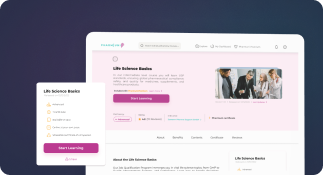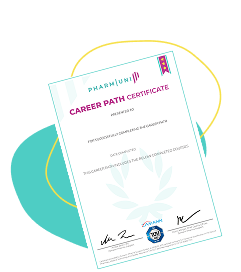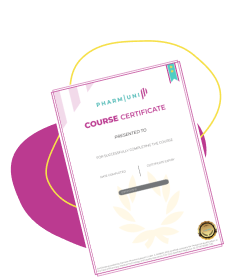Pharmacovigilance
Definition
Pharmacovigilance refers to the science and activities related to the detection, assessment, understanding, and prevention of adverse effects or any other drug-related problems. It plays a crucial role in ensuring drug safety by monitoring the effects of pharmaceutical products once they are released on the market.
Pharmacovigilance is essential in identifying previously unrecognized adverse reactions, evaluating changes in the frequency of known adverse events, and ensuring that the benefits of a drug continue to outweigh its risks.
Detailed Explanation
Purpose and Importance of Pharmacovigilance
The primary goal of pharmacovigilance is to enhance patient care and safety in relation to the use of medicines. It also aims to support public health programs by providing reliable and balanced information for the effective assessment of the risk-benefit profile of drugs.
Pharmacovigilance is especially important in the post-marketing phase of a drug, where real-world data begins to emerge. Clinical trials, while rigorous, involve limited patient populations and timeframes. Once a drug is approved and used widely, rare or long-term adverse effects may become apparent.
Key Components of Pharmacovigilance
- Adverse Event Reporting: Collecting and analyzing reports of adverse drug reactions (ADRs) from healthcare professionals, patients, and pharmaceutical companies.
- Signal Detection: Identifying patterns or trends in adverse event data that may indicate a new safety concern.
- Risk Management: Developing and implementing strategies to minimize risks associated with drug use, including Risk Management Plans (RMPs).
- Regulatory Compliance: Meeting local and international regulatory requirements for drug safety monitoring, such as those set by the FDA, EMA, and WHO.
Global Regulatory Framework
Pharmacovigilance is governed by global regulatory bodies that set standards and guidelines for drug safety monitoring:
- World Health Organization (WHO): Oversees the international pharmacovigilance program through the Uppsala Monitoring Centre (UMC).
- European Medicines Agency (EMA): Implements the EudraVigilance system for monitoring adverse events in the EU.
- U.S. Food and Drug Administration (FDA): Operates the MedWatch program for collecting adverse event data in the United States.
Examples of Pharmacovigilance in Practice
Pharmacovigilance activities include:
- A pharmaceutical company submitting periodic safety update reports (PSURs) for a drug to regulatory authorities.
- Healthcare providers reporting suspected adverse drug reactions via national reporting systems.
- Authorities issuing safety alerts or product recalls based on pharmacovigilance data.
Technological Advancements in Pharmacovigilance
Modern pharmacovigilance increasingly leverages technology to enhance drug safety monitoring:
- Artificial Intelligence (AI): Used to automate signal detection and data analysis.
- Electronic Health Records (EHRs): Provide real-world data for identifying adverse events.
- Mobile Apps: Allow patients to report adverse events directly to regulatory agencies.
Challenges in Pharmacovigilance
Despite its importance, pharmacovigilance faces several challenges:
- Underreporting of adverse events by healthcare professionals and patients.
- Data quality and consistency across different reporting systems.
- Integration of global pharmacovigilance data from multiple sources.



